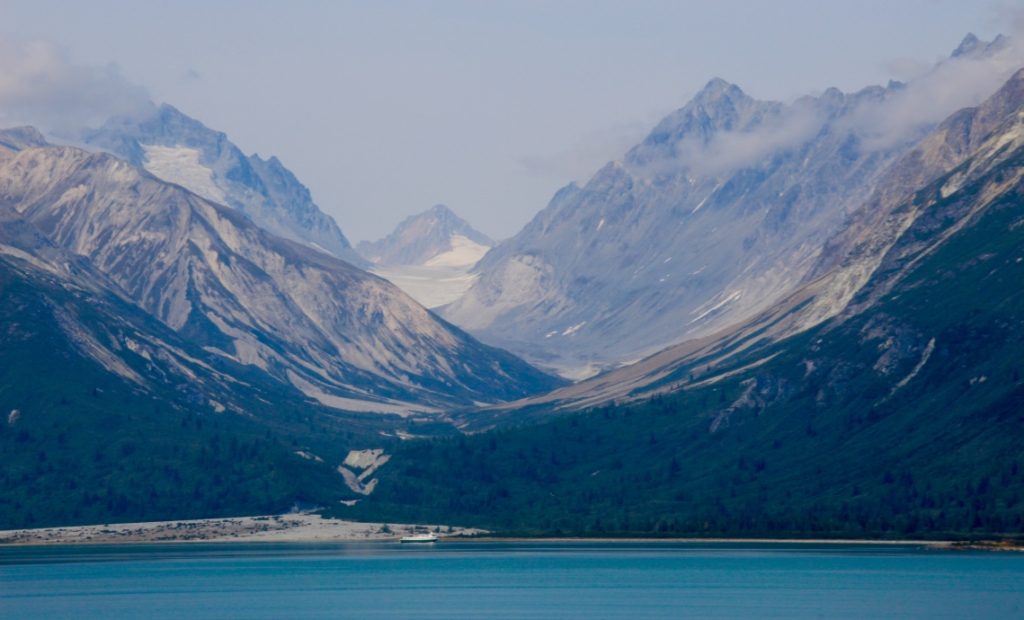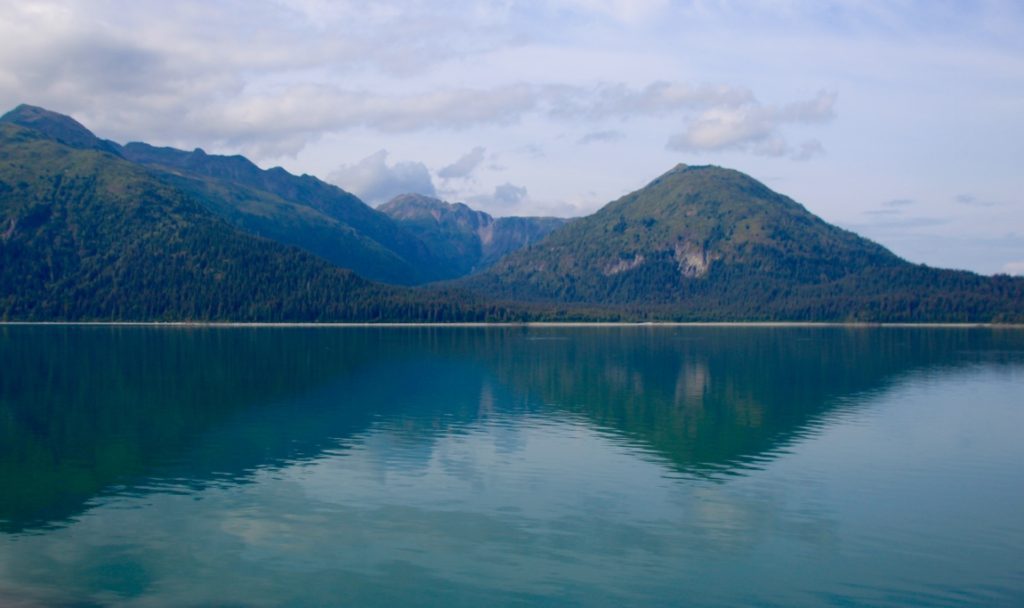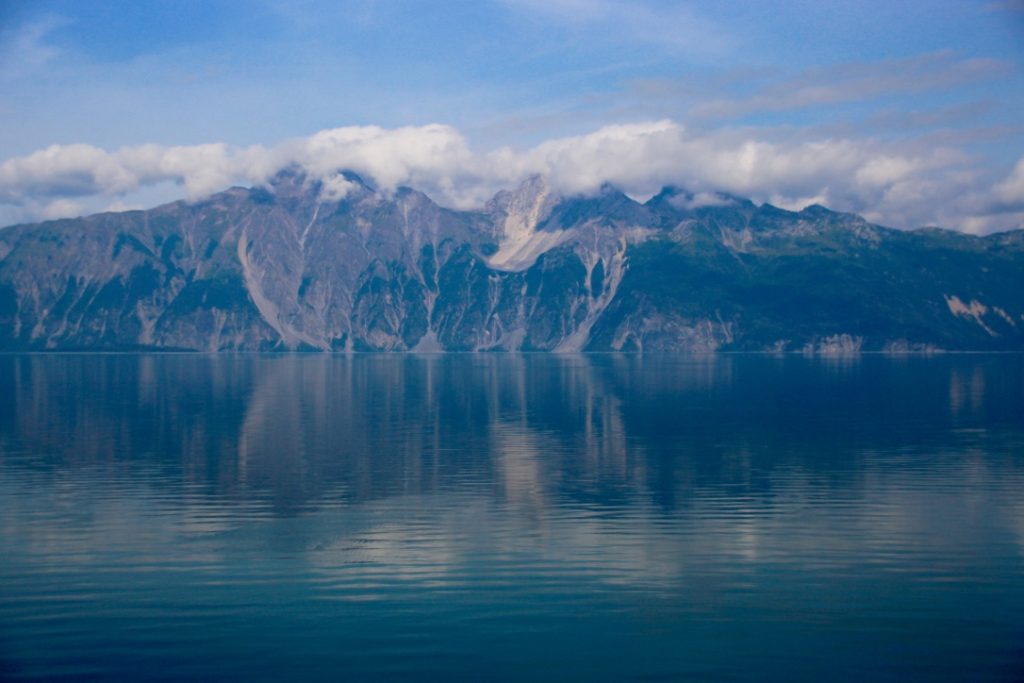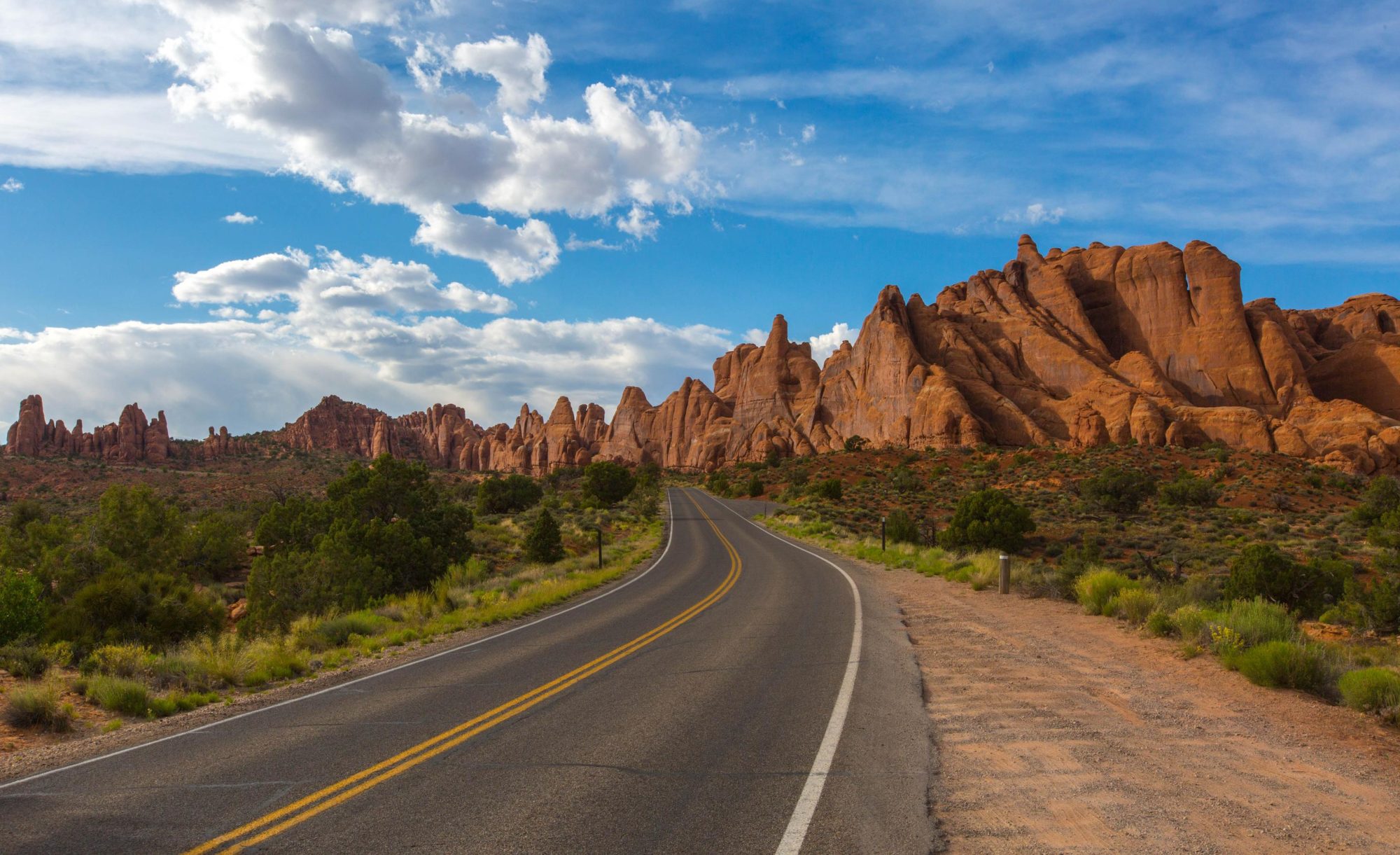We have to begin this post by sending up a thank you to the weather gods for looking after us. We have been extremely lucky on our trip so far and despite overcast clouds being forecast for Glacier Bay, the day dawned bright, sunny and perfect.
Glacier Bay is made up of 3.3 million acres of forests, mountains, waterways and tidewater glaciers. Tidewater glaciers are rivers of ice that connect to the sea and “calve” (or break off) large chunks of ice into the water. Cruising into this national park was spectacular. The sheer beauty of the wilderness that surrounded us as we glided through on the ship was breathtaking and quite humbling to think that this landscape has been here for hundreds of years before us and will be here for hundreds more long after we have gone.
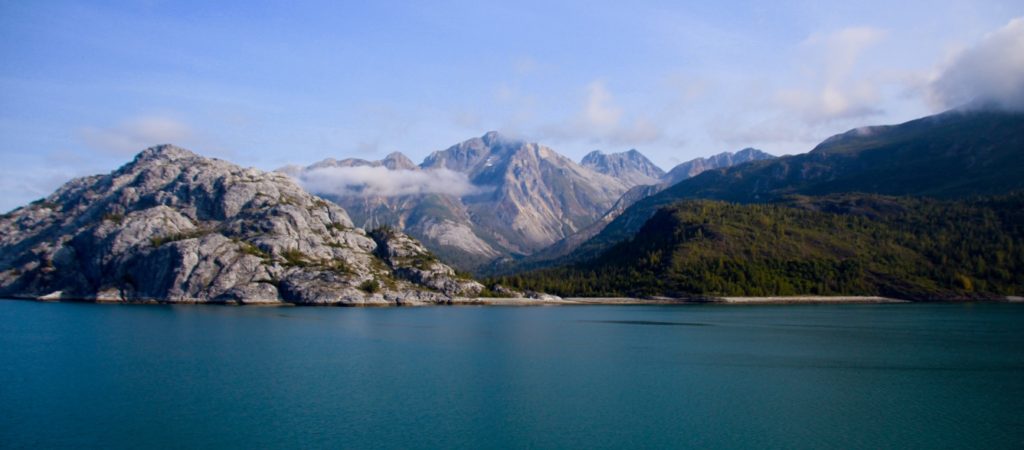
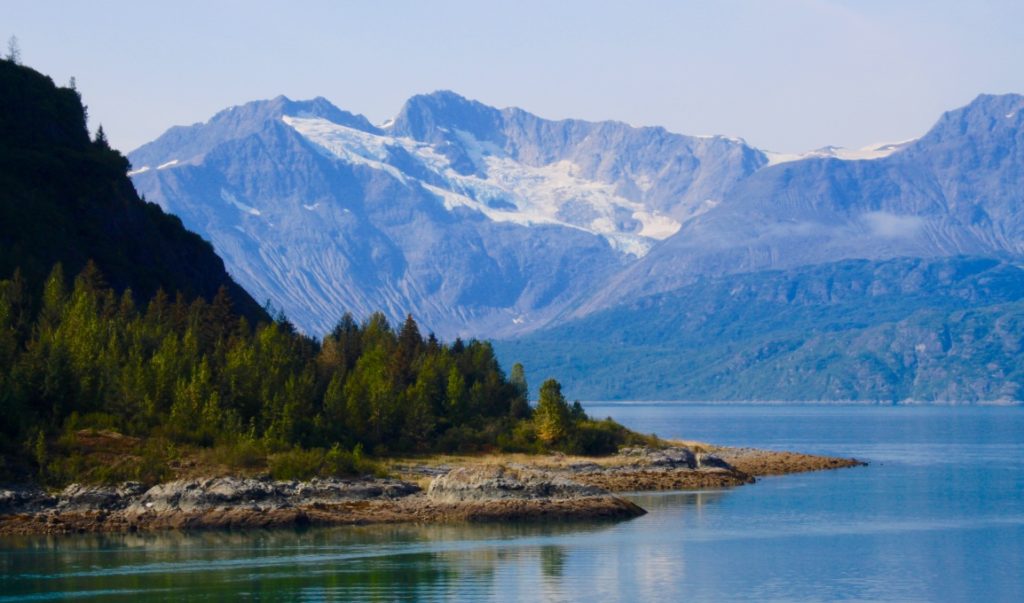
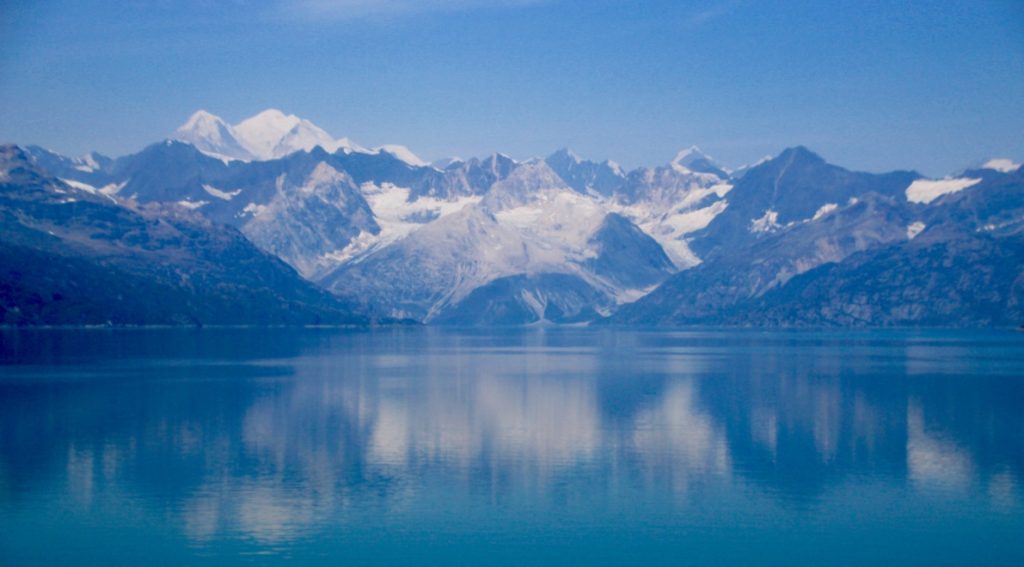
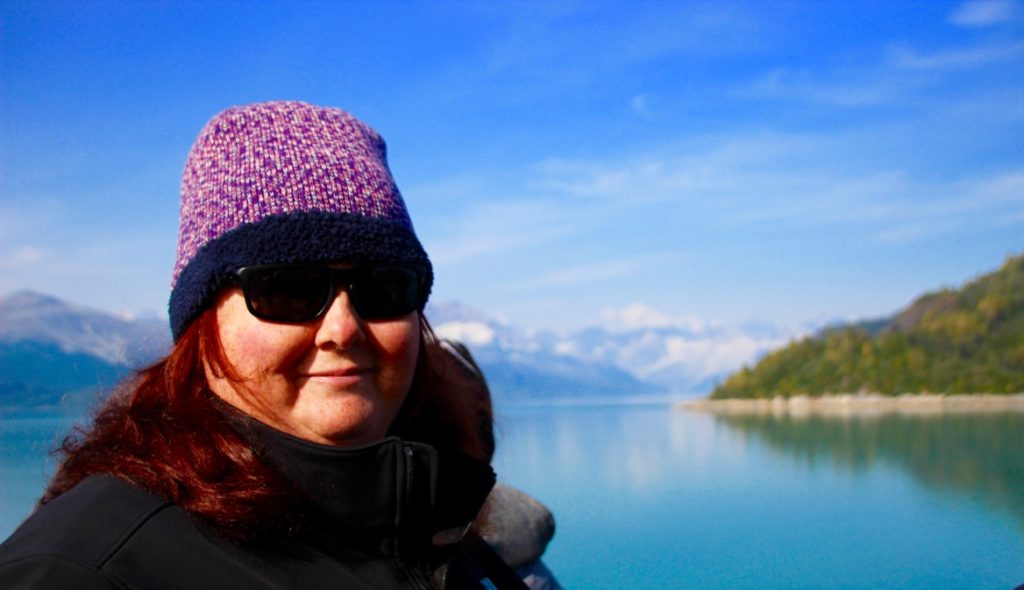
We saw the Johns Hopkins, Lamplugh, Grand Pacific, Margerie and Reid Glaciers, all impressive in their own way with their beautiful icy blue hues reflecting in the sun. Plenty of time was spent in front of Margerie Glacier which, at 1.6km/1mi wide and with an ice face of about 250ft/76m high, is undoubtedly the jewel in the Bay’s glacier crown.

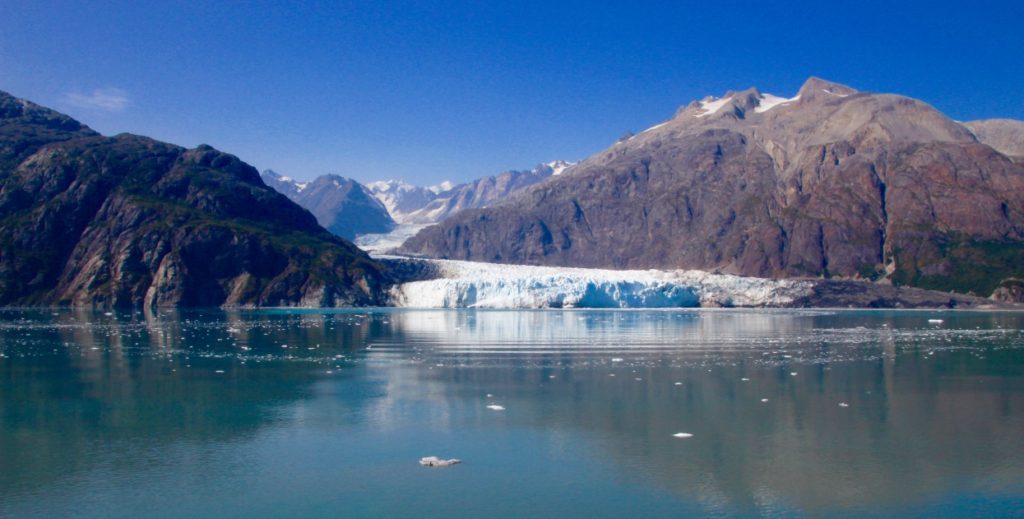
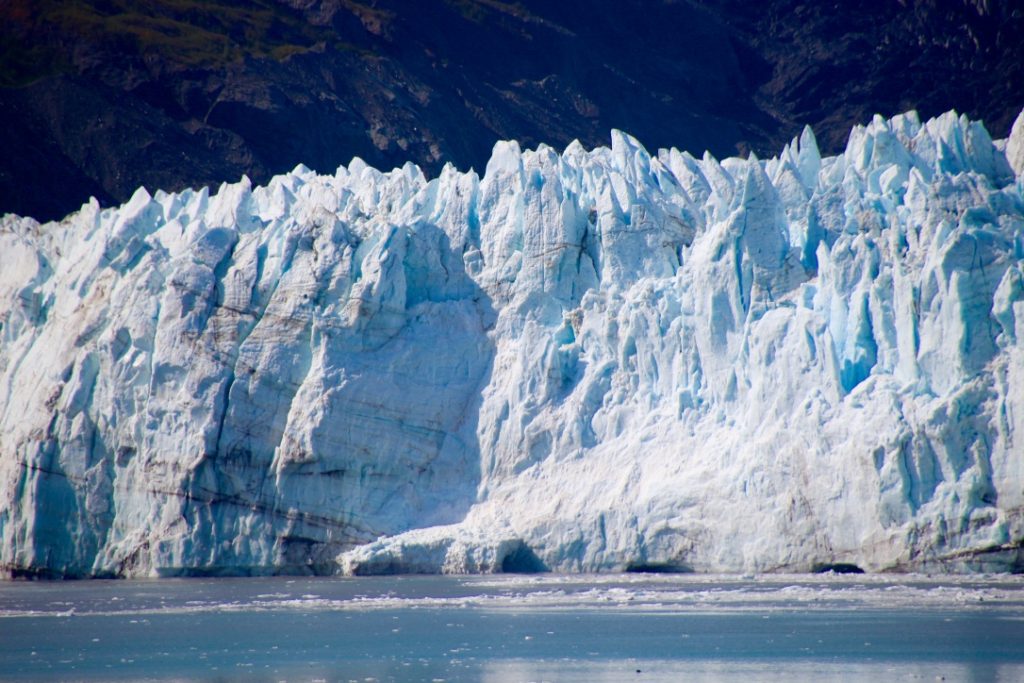
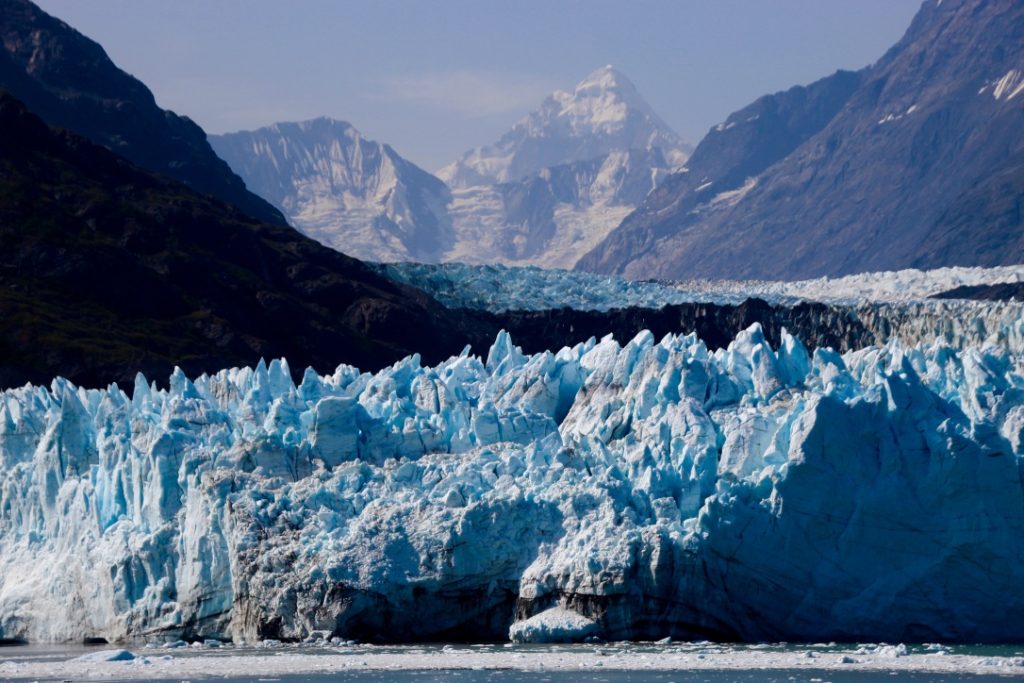
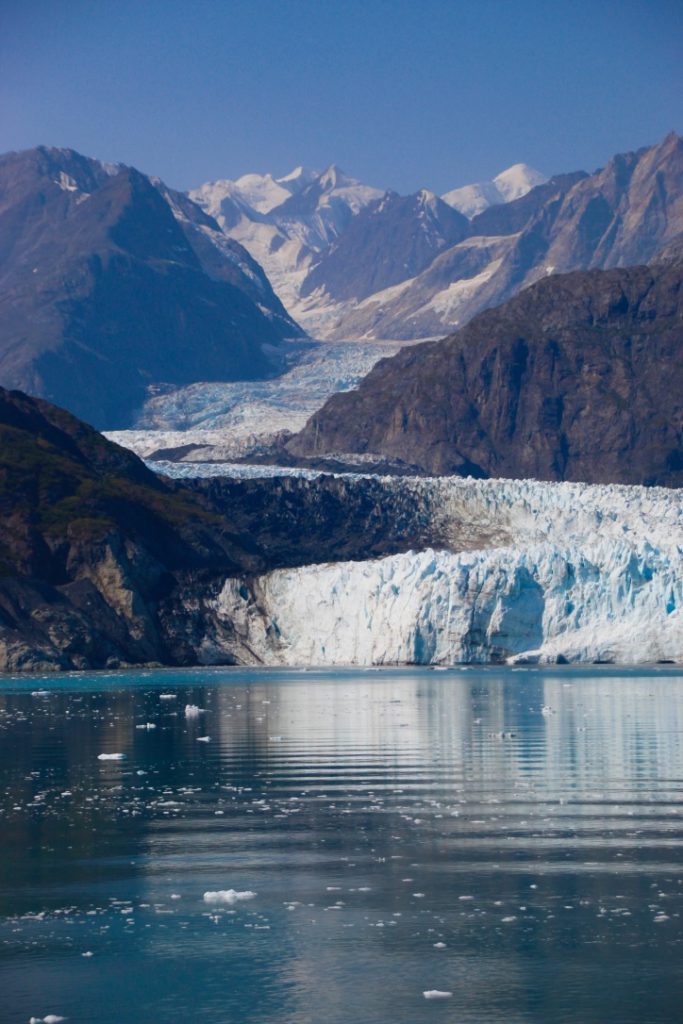

We were told to look out and listen out for the calving of icebergs from the face of the glaciers. I was beyond excited to be able to photograph a huge piece of ice being calved from Margerie Glacier and hear it land in the water with a resounding crash.

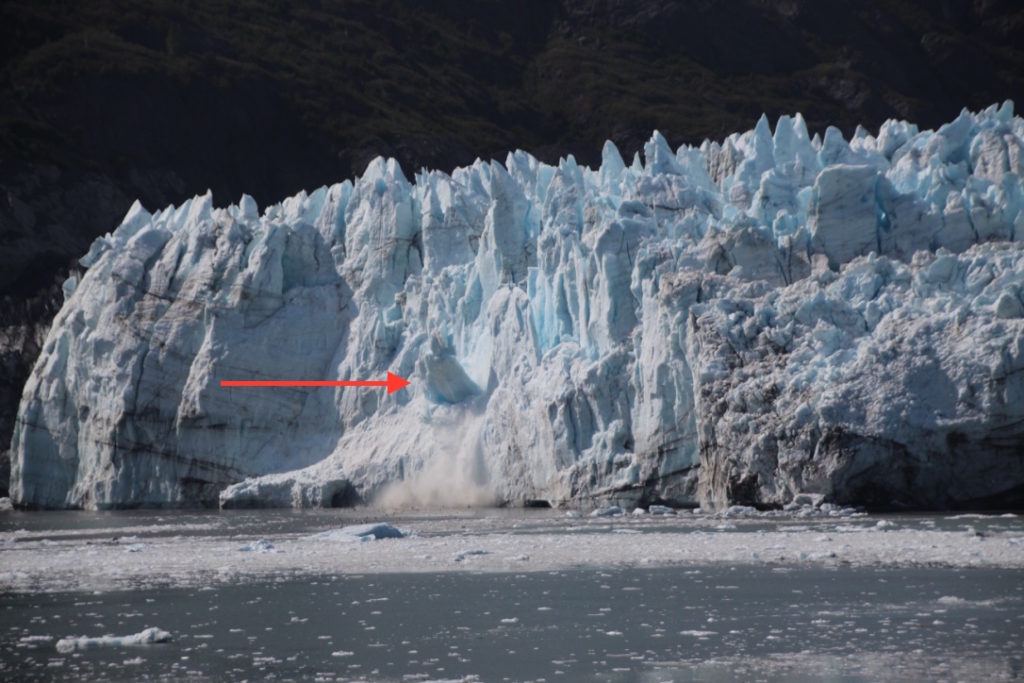

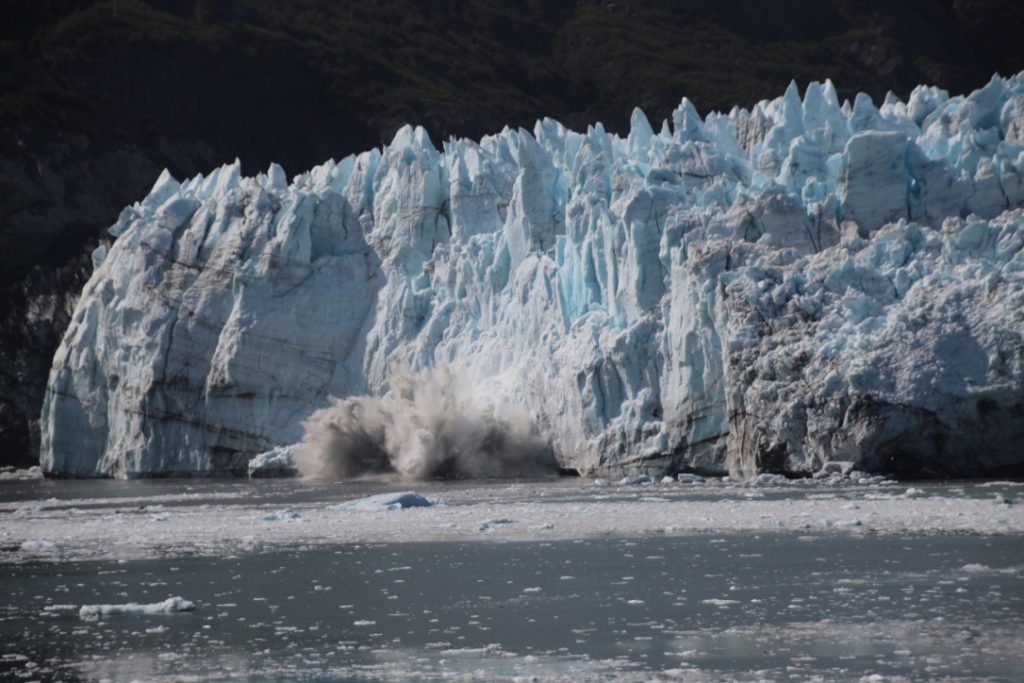
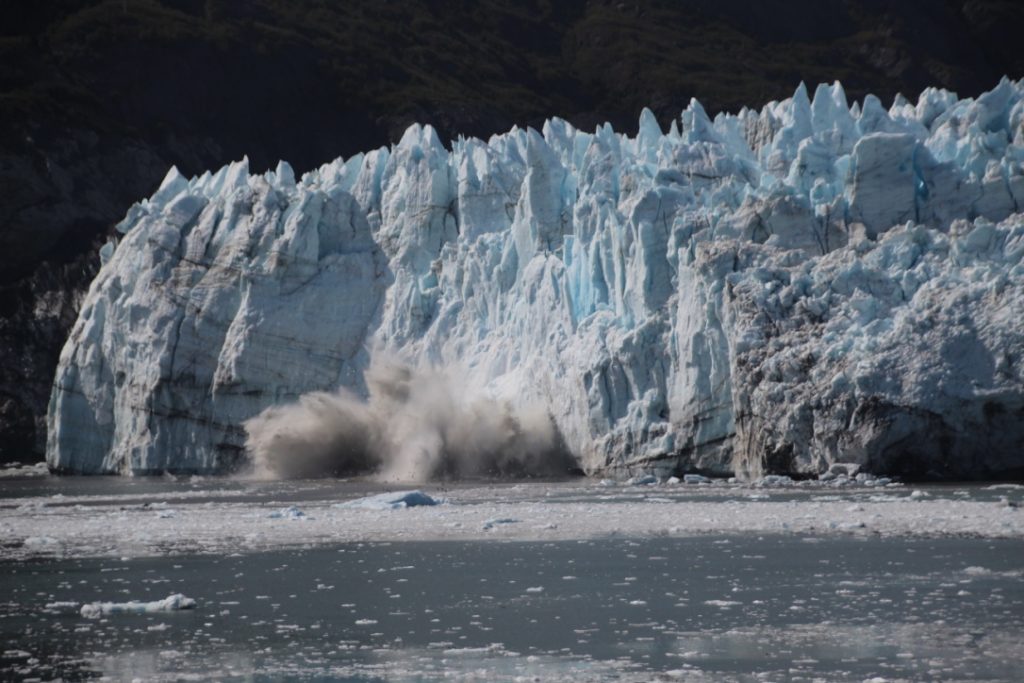
Along the way the wildlife was a treat to watch. From mountain goats to brown bears and otters to stellar sea lions, our day in Glacier Bay – complete with sunshine – was simply amazing.
S&P

